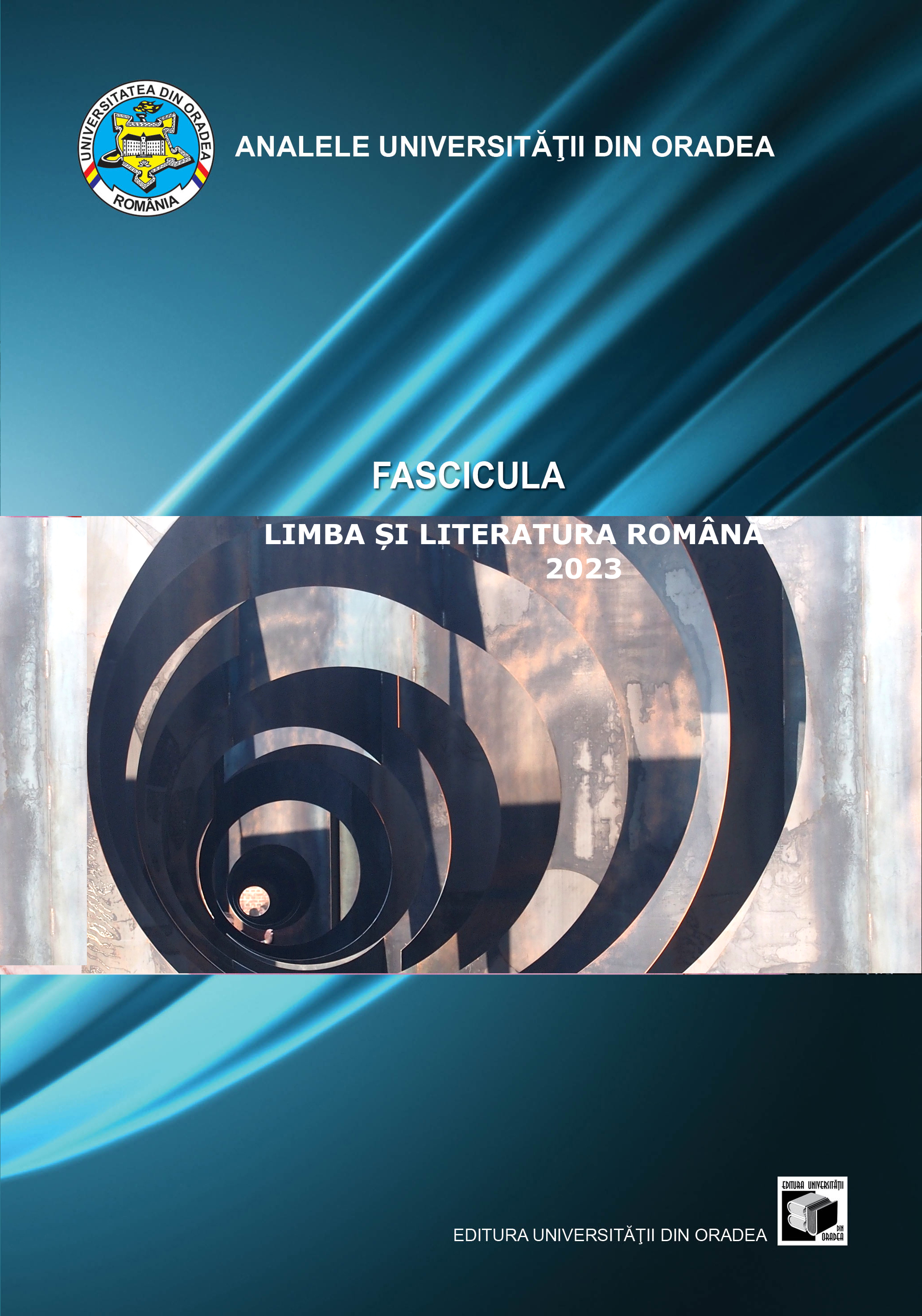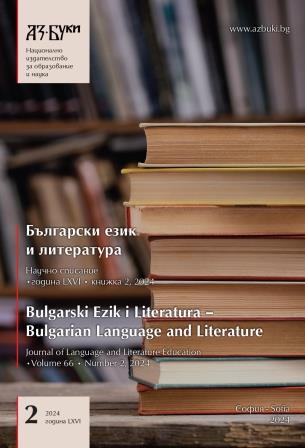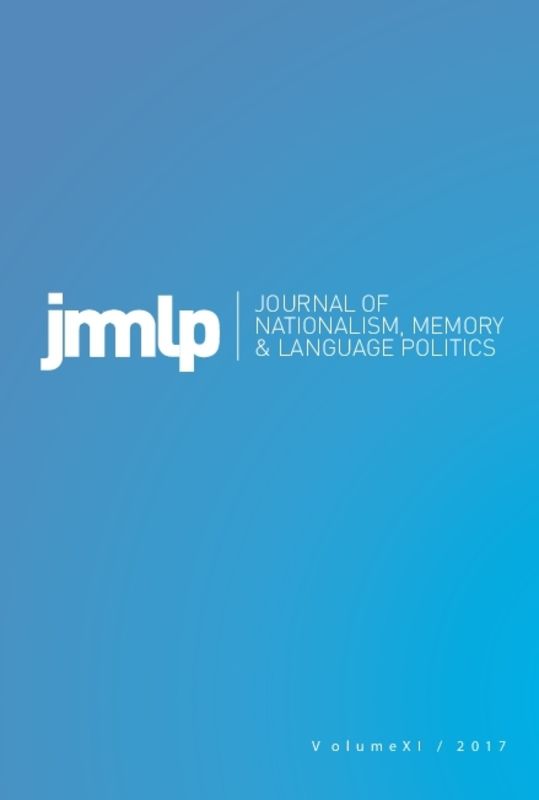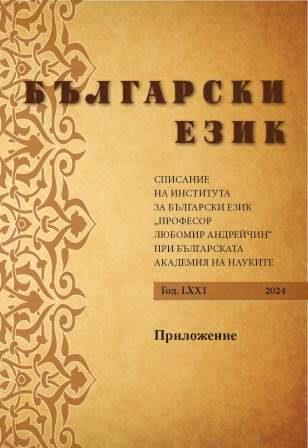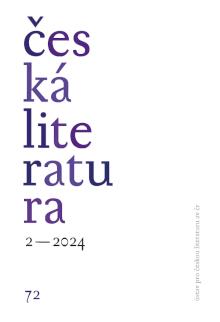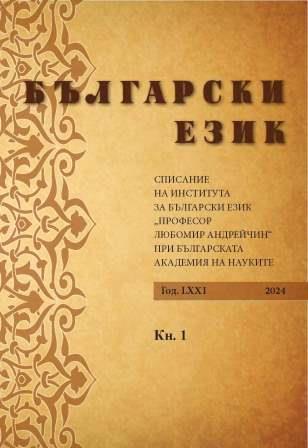
Особености при представянето на терминологичните единици в многотомния академичен Речник на българския език
The article discusses the characteristics of the description of terminological units in the Dictionary of the Bulgarian Language. An important feature of the Dictionary is that it covers not only terms but also terminological lexis (verbs and adjectives). The Diction-ary contains various kinds of information about terminological units as determined by the lexicographic parameters specific to its microstructure, in a way that distinguishes their description from the one adopted in terminological dictionaries. The dictionary entries provide information about the grammatical features of terminological units, the antonyms of some terms, the origin of borrowed terms, among others.
More...
